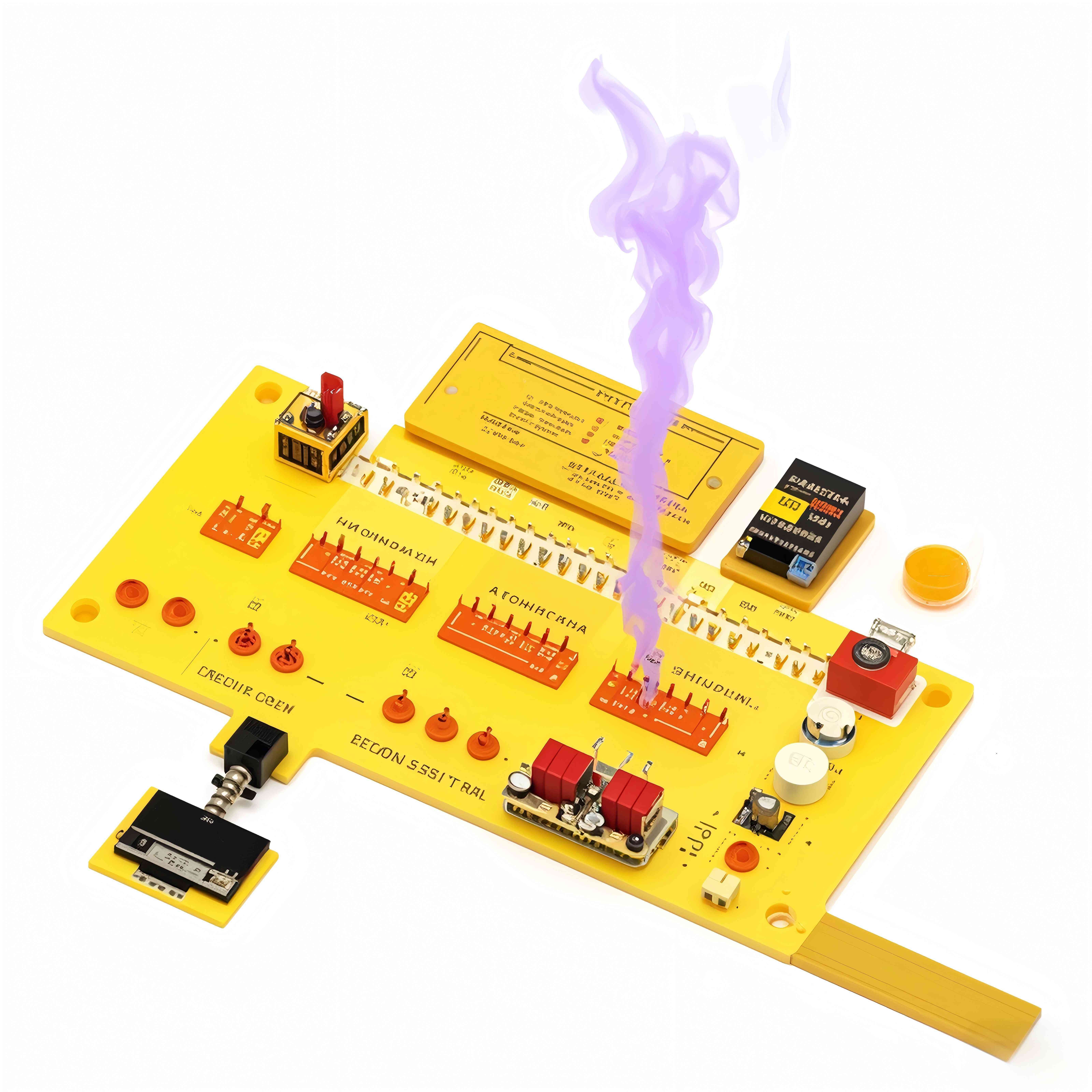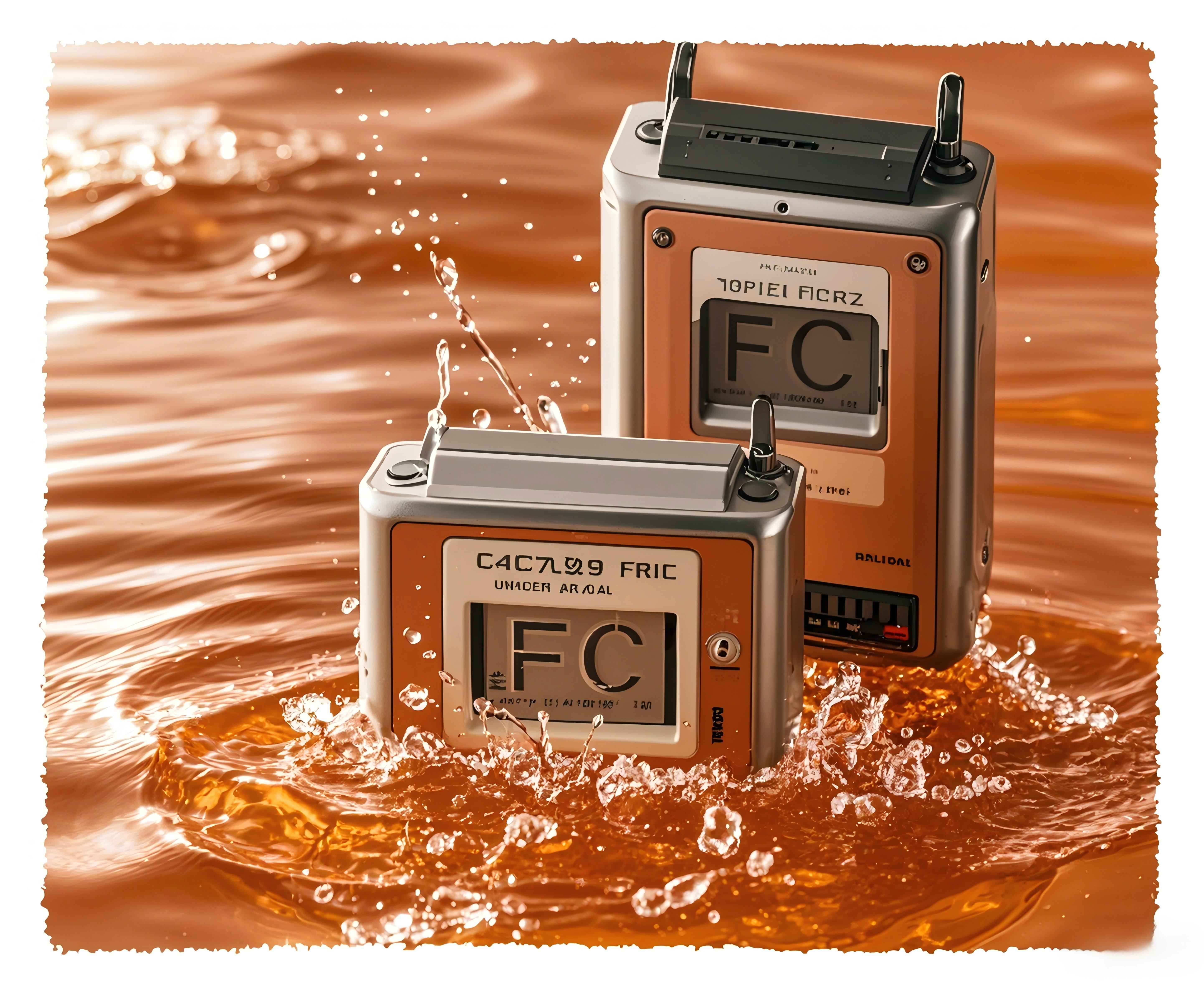Search
How to Ensure FPC Meets Specific Fire and Waterproof Grade Requirements
- Feb 25,2025
-
Share
In the dynamic realm of modern electronics, Flexible Printed Circuits (FPCs) have emerged as a linchpin, especially in high - density interconnect (HDI) applications. Their remarkable flexibility, ultra - thin profile, and lightweight nature render them indispensable in a plethora of devices, spanning from the latest generation of smartphones with their intricate internal circuitry to state - of - the - art wearable gadgets that demand seamless integration. However, to guarantee the long - term reliability, safety, and functionality of these electronic marvels, FPCs must strictly adhere to specific fire and waterproof grade requirements. Here's a comprehensive breakdown of how to achieve this.

1.Material Selection
Fire - Retardant Materials
For FPCs, the foundation of fire resistance lies in the choice of base materials. Flame - retardant epoxy resins, often formulated with halogen - free flame - retardant additives like phosphorus - based compounds, are commonly employed. These materials operate on the principle of intumescence, where, upon exposure to heat, they form a protective, charred layer that insulates the underlying substrate, impeding the propagation of flames. Another option is the use of high - temperature - resistant polyimide (PI) films with inherent flame - retardant properties. These films not only offer excellent thermal stability but also meet stringent fire - safety standards such as UL 94 V - 0, which is a gold - standard in the electronics industry for flame - retardant performance.
Waterproof Materials
Waterproofing in FPCs is typically achieved through the utilization of materials with low water - absorption coefficients. Silicone - based coatings are a popular choice due to their hydrophobic nature. They can be applied as a conformal coating, creating a water - impermeable barrier over the FPC's surface. Additionally, fluoropolymer - coated substrates, such as those made from polytetrafluoroethylene (PTFE), offer exceptional waterproof and chemical - resistance properties. These materials are crucial in applications where the FPC may be exposed to moisture, such as in smartwatches or underwater sensors.
2.Design Optimization
Fire - Resistant Design
In the design phase, thermal vias play a pivotal role in fire - resistant FPC design. These vias are strategically placed to enhance heat dissipation, preventing localized overheating that could potentially lead to a fire. Furthermore, the use of fire - resistant solder masks with high glass - transition temperatures (Tg) can significantly improve the FPC's fire - retardant capabilities. By isolating the conductive traces, these solder masks act as a secondary line of defense against fire propagation.
Waterproof Design
To ensure waterproof integrity, the design of FPCs often incorporates hermetic sealing techniques. This can involve the use of liquid - crystal polymer (LCP) encapsulation, which provides a highly effective barrier against water ingress. Additionally, the layout of the FPC should be optimized to avoid any potential water - trapping areas. For example, by using rounded corners and sloping surfaces, water can be easily shed, reducing the risk of moisture accumulation.
3.Manufacturing Process Control
Fire - Resistant Process
During manufacturing, the curing process of the FPC's resin matrix is a critical factor. Precise temperature and time control are essential to ensure complete cross - linking of the resin, which in turn enhances its fire - resistant properties. Advanced soldering technologies, such as reflow soldering with nitrogen - rich atmospheres, can reduce the formation of voids and improve the overall reliability of the solder joints, minimizing the risk of electrical failures that could trigger a fire.
Waterproof Process
The lamination process in FPC manufacturing must be tightly controlled to ensure a seamless bond between layers, eliminating any microscopic gaps that could allow water penetration. Vacuum - assisted lamination techniques are often employed to achieve this. Additionally, post - processing steps such as plasma treatment can enhance the adhesion of waterproof coatings, further improving the FPC's waterproof performance.
4.Quality Inspection
Fire - Resistance Inspection
Fire - resistance testing of FPCs typically involves subjecting the samples to a series of standardized tests. The glow - wire test, for instance, assesses the FPC's ability to withstand high - temperature radiant heat without igniting. Another common test is the needle - flame test, which evaluates the FPC's resistance to a small, direct flame source. These tests are crucial in validating that the FPC meets the required fire - safety standards.
Waterproof Inspection
Waterproof inspection methods for FPCs include the use of pressure - differential testing. This involves subjecting the FPC to a controlled pressure environment while monitoring for any signs of water leakage. Additionally, humidity - soak tests are conducted to simulate long - term exposure to humid conditions, ensuring that the FPC's waterproof integrity remains intact over time.

In the competitive landscape of FPC manufacturing, Shenzhen Huaruixin Electronics Co., Ltd. has established itself as a leading player. Leveraging cutting - edge technology and a team of highly skilled engineers, they specialize in the design and production of high - performance FPCs. Their products are engineered to meet the most rigorous industry standards, making them a trusted choice for a wide range of applications, from consumer electronics to industrial equipment.

Let’s talk! We’ll provide the perfect solution for you!
-
 Huaruixin Electronics mainly produces printed circuit boards as the core business, to provide customers with one-stop solutions for FPC/PCB production, components sourcing and Assembly.
Huaruixin Electronics mainly produces printed circuit boards as the core business, to provide customers with one-stop solutions for FPC/PCB production, components sourcing and Assembly. - WHAT WE DO — PCB Design Solutions — Flex PCB Production — Components Sourcing — FPC&PCB Assembly
- PRODUCTS — Single Sided Flexible Circuits — Double Sided Flexible Circuits — Multilayer Flexible Cirucits — Rigid-Flex Circuits — FPC Assembly — PCB Assembly
- CAPABILITY — FPC Capability — Rigid-Flex Capability — PCB Capability — Assembly Capability
- Copyright © 2024 Shenzhen Huaruixin Electronics Co., Ltd. All Rights Reserved.
- Design By BONTOP


